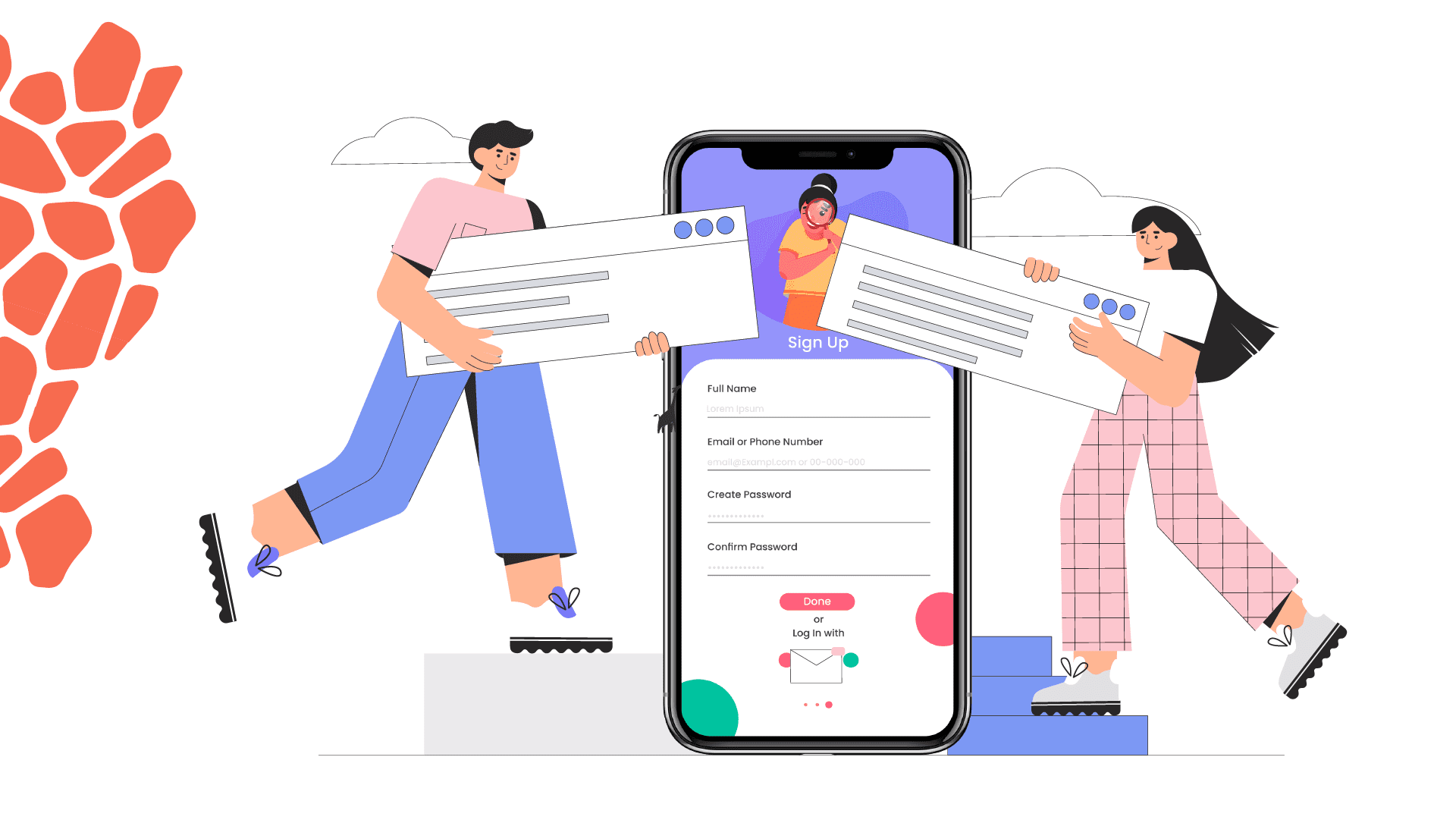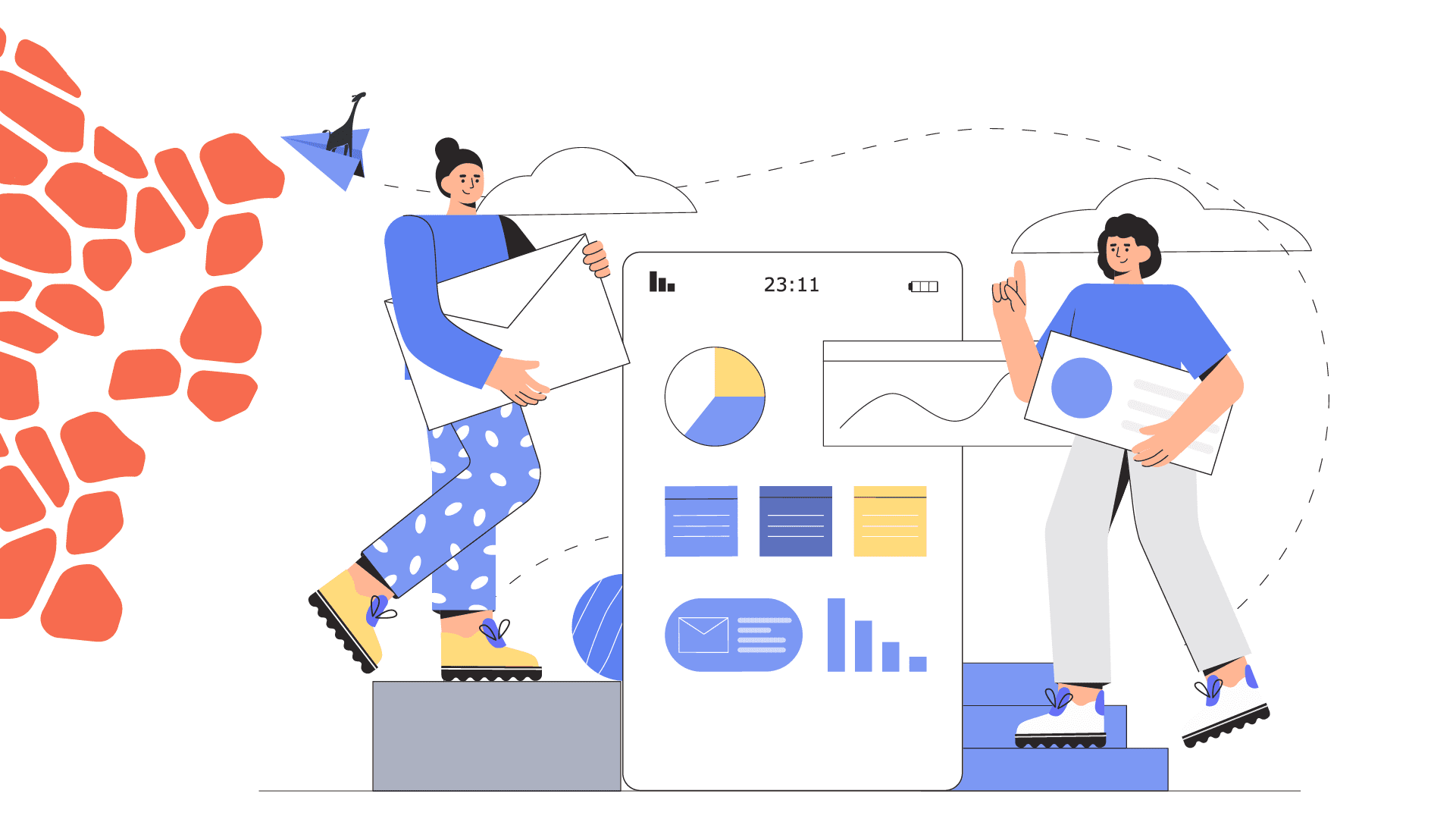TOP 10 Mobile App Development Challenges
The modern world is oriented towards the development of technology. Smartphones are ubiquitous and their users use a thousand different applications (social media, games, lifestyle). It is obvious that more and more companies want to create their own application in order to have better contact with users and expand their businesses. Along with the development of mobile applications, there are challenges that developers must face. They have to deal with many problems that arise already at the planning, but also at the design and marketing stages. Here are some of the main mobile app development challenges face when building mobile apps.
Validating and Evaluating user needs:
One of the app development challenges is validating and evaluating user needs. Creating an application that will meet the users’ requirements is one of the biggest challenges. The competition is so big that it is not easy to create something that will attract attention and convince you. The definition of needs is very user-related. It must be emphasized how important it is to understand the customer’s needs at the start – how users will use this application, why they should choose this and not another competitive application and is the app easy to use. Usually it breaks down to interface optimization: how accurately it responds to their needs.
Defining the target/competitive market:
You need to understand what target group you want to reach with the application – what its requirements and needs are. The application dedicated to older people will look different than to young people fascinated by new trends (Snapchat / Instagram). Defining the target group is crucial in the sales strategy of the application. Working, mature people will be much more likely to buy products in the application than teenagers / school children for obvious reasons. Getting to know competing applications is also crucial in terms of observing trends and the direction of development. In the case of building an application (3-6 months), it may turn out that the competition changes the product, adjusts it to trends, which we also have to follow together with the client’s business logic.

Managing the resources:
Team management is a priority – it depends on how long the product development will take and how much it will cost. Not necessarily 3 developers will do the project within 1 month, if the initial estimate was based on one developer working for 3 months. This is closely related to the work of the tester, synchronization of resources between developers working at the mobile layer (iOS / Android or Flutter) and the backend and frontend.
Building a large development team can very often have a negative effect. Burnout of resources if the work cannot be divided and distinguished for each of these groups, or the team leader who combines all parts of the code is not able to keep up with the progress of the work. Then it may turn out that the budget for 1 developer will be 360 hours, and for a few 440 hours, where the additional 80 hours are most often spent on synchronization and organization of work between given people. Nevertheless, we are certainly able to speed up such a project and build an application twice as fast, but at a higher price.
Choosing development technology:
A very important element that should be considered when analyzing not only the current needs (in the case of start-ups), but also long-term plans. For example, if our application requires complex connectivity based on geotargeting or BLE, it may turn out that the hybrid – cross-platform approach will not be perfect here. This may mean that at some stage, some design element will have to be created as native code, and the rest of the interfaces can be created as hybrid code. We need to know all the design assumptions and possible development directions, because the use of ready-made frameworks / libraries can help us save a lot of time, e.g. offline synchronization, which we can spend on creating new application functionalities.
Another issue worth considering is the analysis of the integration of systems that provide us with data useful in our system, e.g. we can build the interface to ML itself, which will recognize objects and determine their similarity, or we can integrate a ready-made solution whose monthly the cost in the subscription model will be less than $ 100, and the programmers’ time saved will be spent on other activities.

Different Devices & Screen Sizes compatibility
This problem largely affects Android devices, because we have a very large base of devices here, which, depending on the manufacturer, differ in screen sizes, resolution and pixel density on them, which means that our interface can be full of differences. In the case of the Apple platform, we have much smaller discrepancies here. What we need to know when designing the interface of our application is the awareness that it may change depending on which device we open it on. A large phone with high resolution provides us with much more elements to represent interface elements than a large phone with low resolution. The key to all of this is realizing that our interface elements must be fully functional and clickable. We can use the pixel perfect approach, but it will be much more expensive for us, because it requires much more updating than a dynamically adapting layout.
Dealing with Different OS’s
When building an application, we must be aware that it is not a project that we can create, throw into the store and forget about it. Building a mobile application is a bit like EU exhaust emission standards. Every year, new restrictions and recommendations are issued to ensure greater privacy and security of user data (e.g. recent changes to Facebook regarding the requirements of the request from the system, or the application can track user behavior).
For this reason, new versions of the system come out with new requirements, introducing new functionalities and novelties. In order for our application to be highly promoted in the application ranking in the store and appear high on the search list, we must be aware hat it will require constant work on updates and its development. Otherwise, after some time, it will lose the battle with new applications adapted to the current guidelines and will cease to be promoted in the store. Just as power plants need to change the filters on their chimneys, apps need updating in stores.

Security
Application security is a key element that must be taken into account at the very beginning of the requirements analysis process. In order for our application to function properly and to ensure a high level of stability, we must be aware that the security of the application does not come down to hacker attacks. There are a lot of bots on the Internet that search hundreds of thousands of sites and applications every second in the form of authorization gaps, based on the simplest logging mechanisms. An example of a very weak password: admin / login: admin. The issue that we also need to take into account is how our data is secured in the database and how we define ACL as access control list, i.e. the roles of people who have access to individual objects.
A common error in the case of poorly secured applications is this: if our user is authorized in our API and knows the object ID, he can try to exchange it by analyzing the network traffic for a different object ID. If our application does not have a valid ACL defined, it may be able to access another user’s particular credit card and use it to carry out transactions on our or another system. A separate issue regarding security is compliance with all legal standards required by institutions that play a supervisory role in the area in which we publish the application, eg GDPR. It is a set of rules, recommendations and restrictions that our application must meet in order for us to publish it in the EU without being exposed to potential penalties. Do you want to know more? Let’s talk.
The productivity of the application
Designing a flawless, efficient, non-consuming battery app is a huge challenge for developers. Such an application requires many tests to verify its functioning. No user will be satisfied with an app that overheats the phone and drains it quickly. It is necessary to create a solution that will prevent these problems. Therefore, developers must check whether the application is quickly draining the device’s battery and do everything to prevent it.

Mobile App Promotion and Marketing
An important issue that needs to be dealt with after creating an application is its promotion. This is often a challenge for developers and requires some business knowledge from them. It is important to attract users, maintain their involvement, decide on the earning model and, above all, create an application that will be visible and discoverable in the store. You need to focus on the best possible promotion of the application through social media, standard channels, AdWords, GSO or ASO (content optimization in directory search results) as well as paying special attention to SEO. The application may be well prepared, but without the appropriate number of engaged users, it will not bring the intended benefits.
App Distribution Control
The last one of real challenges in mobile app development is app distribution control. It is a place where we can manage our application, get information about the number of downloads, traffic in the application, and get information about purchases and active subscriptions. We also have access to app reviews and stability – are there any issues. It is a very advanced administration panel that can be integrated with many tools that automate the work, e.g. CI – this is a mechanism that can greatly facilitate and automate activities that involve publishing the application in the store or making it available to the testing group.
Conclusion
You have to pay attention to many aspects of challenges in mobile application development when creating it. The world is constantly moving forward, technologies are changing, in order to be competitive on the market, you must be up to date. Knowing the challenges that can be encountered, having the necessary knowledge and skills, you can create an application that will allow you to build a user base. If you are interested in creating a product but application development challenges are limiting you – contact us, we will certainly help you create the perfect application.










